Market Share
Structural Adhesive Tapes Market Share Analysis
The Structural Adhesive Tapes Market is one among several key sub-segments under the broader umbrella of the adhesives sector, where cutthroat rivalry prevails alongside various marketers' positioning strategies for market share. One popular mode of differentiation is innovation through product design. Manufacturers try to produce tapes with improved bonding strength, high durability, or customized applications. Moreover, low-cost leadership is commonly used as a strategy by some players in the market. Other businesses concentrate on minimizing production costs and scaling up their operations so that they can supply structural adhesive tapes at lower rates compared to rivals, thereby enlarging the size of their customer base towards price-conscious individuals. In addition, the use of strategic alliances with distributors or raw material suppliers may also improve efficiency, thus improving competitiveness within this industry. In the Structural Adhesive Tapes Market, market segmentation is an essential element in successful market share positioning. Different companies often customize their products to meet the varying needs of different sectors or uses, such as motor vehicles, buildings, and electronics, among others. This approach allows businesses to tackle particular customer challenges in each segment and establish themselves in specialized markets. In market share positioning strategies, distribution channels are very important. Companies may partner with distributors or retail outlets to expand their distribution networks, thereby enhancing the accessibility and availability of their products in different areas. In addition, a strong internet presence along with e-commerce platforms can enable direct customer sales, which reduces reliance on traditional distribution channels and creates a competitive edge over others within a rapidly changing digital world. Many manufacturers of structural adhesive tapes use brand building as a long-term market share positioning strategy. Building a strong brand image through consistency in quality, reliability, and customer satisfaction leads to customers' loyalty and preference towards the company's products. This helps retain existing clientele while attracting new customers who associate the brand with being reliable and having high-performance standards. Sustainability has become an important consideration for market share positioning strategies due to growing environmental concerns. Firms are increasingly focusing on environmentally friendly adhesives by deploying recyclable materials or adopting sustainable manufacturing practices. Such moves not only fit within the global changeover to green technologies but also cater to the ever-eco-conscious preferences of the rising consumer base, thus establishing enterprises as responsible players within this industry.

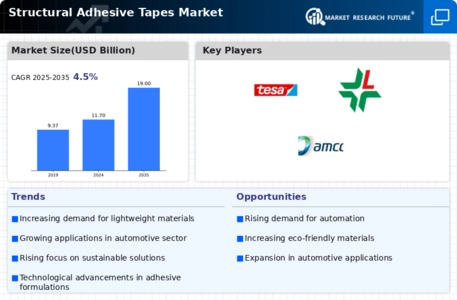
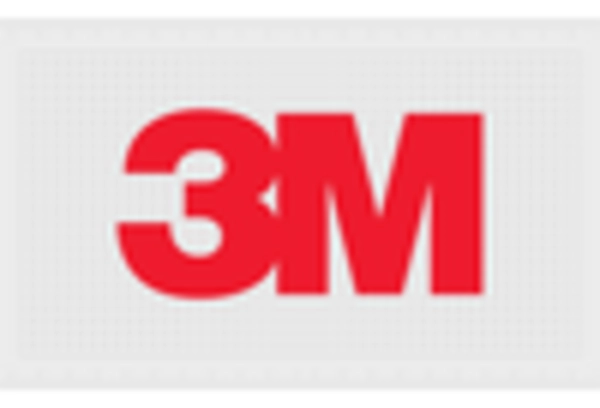
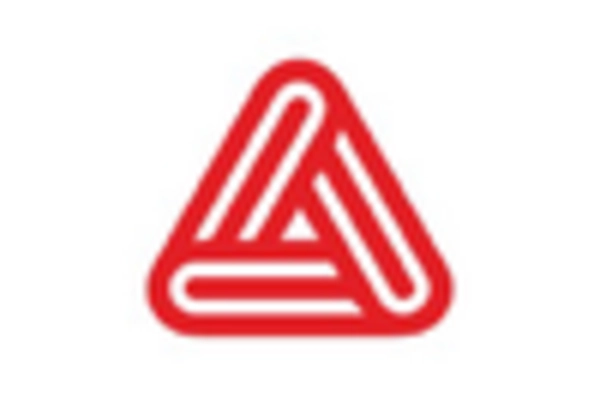
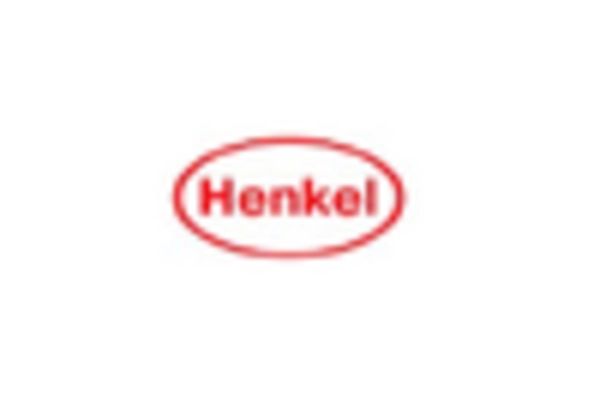
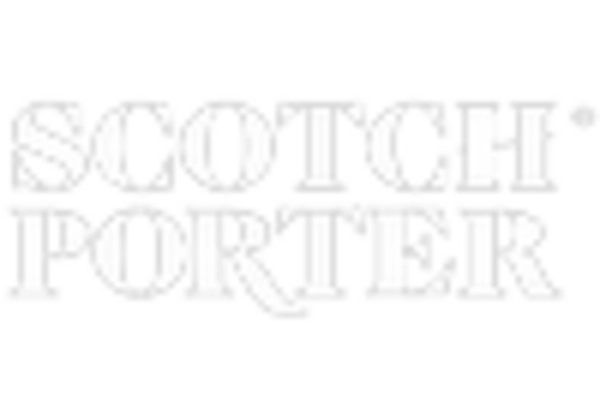
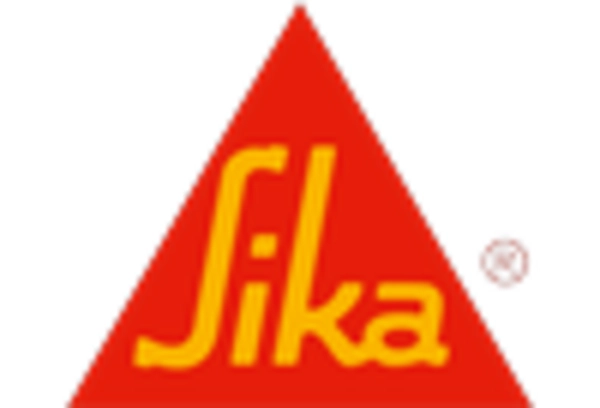
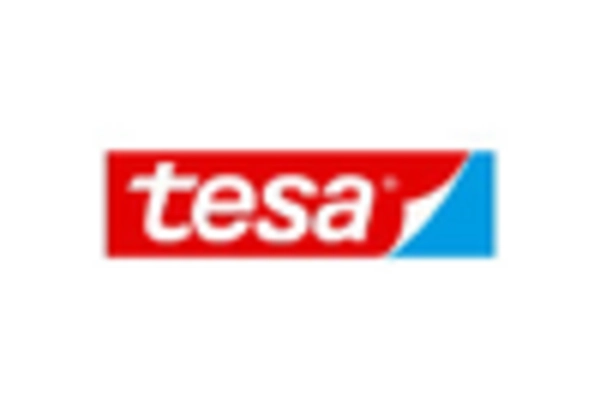









Leave a Comment